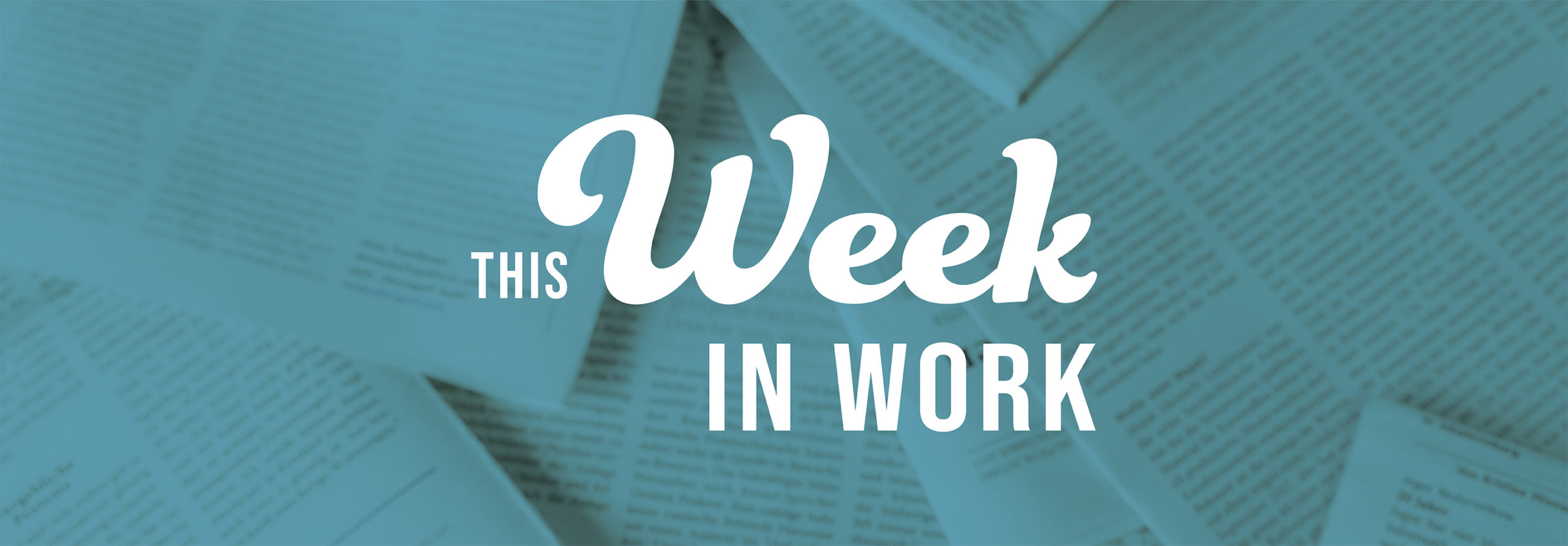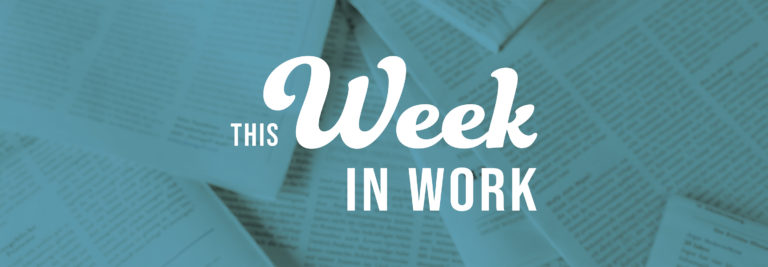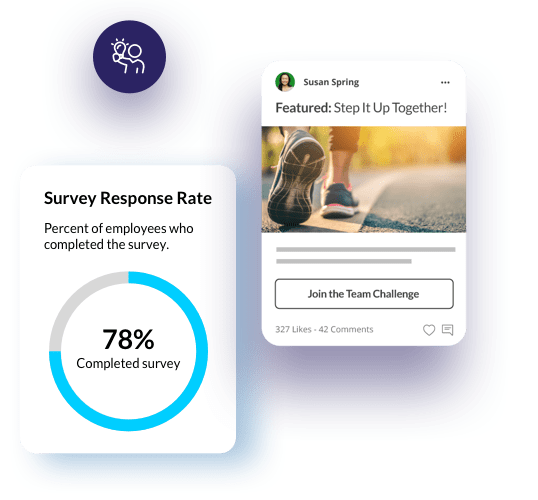Welcome to our weekly roundup of important workplace news, top media trends, current events and the latest from Limeade. At Limeade, we’re busy staying up to date with current events that impact employees and the workplace. This Week in Work highlights the latest industry news so you can be in the know, while at work.
This Week in Work:
1. Yet Another Hurdle for COVID-19 Patients
‘COVID brain fog’ is making it hard for survivors to get back to work — with reports of memory loss, confusion, difficulty focusing, dizziness and grasping for everyday words.
2. The Dark Side of Remote Work
A Stanford economist says remote work is getting too much praise — calling it a ‘productivity disaster’ and ‘ticking time bomb for inequality.’
3. Navigating Office Politics When There’s No Office
HBR explores the dynamics of this year’s election in a remote work world.
4. A New Kind of Gender Gap
New research shows a striking difference between male and female employee experience. Men feel significantly more confident asking for a day off, have higher well-being and are more likely to feel equipped to support their teams with their mental health.
5. This Is What Accountability Looks Like
Starting in 2021, the compensation of the Starbucks CEO and 42 other senior executives will be tied to the company’s success at meeting racial diversity goals.
Thanks for tuning in to This Week in Work — see you next week!






